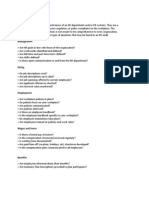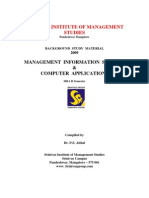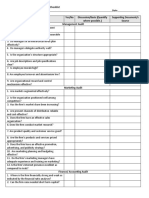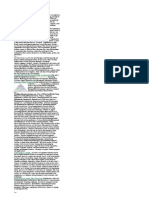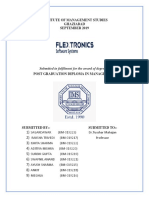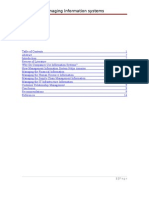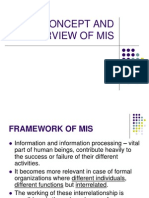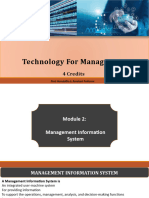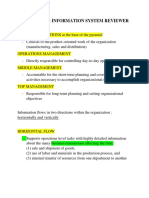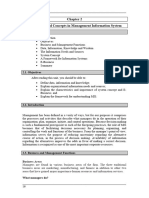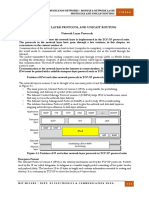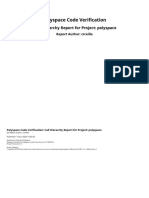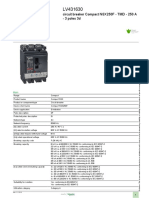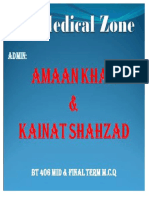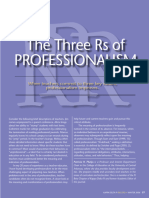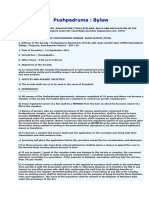0% found this document useful (0 votes)
25 views4 pages? Case Study Questionnaire (Ujjyalo 90
The document is a case study questionnaire tailored for Broadway Infosys, covering various aspects such as organizational background, operational challenges, personnel policies, and marketing strategies. It aims to gather comprehensive information on the organization's structure, objectives, and performance evaluation methods. The questionnaire also seeks insights into recommendations for improving operational efficiency and employee motivation within the institute.
Uploaded by
akafle99Copyright
© © All Rights Reserved
We take content rights seriously. If you suspect this is your content, claim it here.
Available Formats
Download as PDF, TXT or read online on Scribd
0% found this document useful (0 votes)
25 views4 pages? Case Study Questionnaire (Ujjyalo 90
The document is a case study questionnaire tailored for Broadway Infosys, covering various aspects such as organizational background, operational challenges, personnel policies, and marketing strategies. It aims to gather comprehensive information on the organization's structure, objectives, and performance evaluation methods. The questionnaire also seeks insights into recommendations for improving operational efficiency and employee motivation within the institute.
Uploaded by
akafle99Copyright
© © All Rights Reserved
We take content rights seriously. If you suspect this is your content, claim it here.
Available Formats
Download as PDF, TXT or read online on Scribd
/ 4




